Executive Secretary

IX International Symposium on Chemistry and Pharmaceutical Sciences
SIQF 2025
14th Conference “Chemical engineering: development, potential and its challenges” and VI International Symposium on “Technological and environmental safety”
Problem. Chromed solid waste (SWS) and non-chromed solid waste (NSSW) generated by tanneries can have negative effects on the environment when not disposed of properly. This waste may include leather scraps, fibers, flesh, lime trimmings, and chemicals used in the tanning process. The tanning company under study dumps a large amount of solid waste (SW) without proper treatment.
Objective. This work aims to find alternatives that allow for proper management of the waste generated and minimize the negative impacts it has on the environment.
Methodology. A diagnosis was performed at the tanning stage where this waste is generated. The amount of SW generated in the tanning process was calculated. Physical-chemical characterization of the SW: Humidity; pH; apparent density; Percentage of ash, percentage of chromium oxide, calcium oxide and optical microscopy and the identification and assessment of environmental impacts, using SimaPro v 9.035 software from Pre Consultant, Recipe (H) methodology.
Results and discussion. The following indexes were obtained: 7.7% SCR and 34%
SNC of the t/year to be processed, along with the physical and chemical
characteristics of the SCR. CP measures and viable alternatives for the
industry are proposed.
Conclusions.
The proposed alternatives contribute to the sustainable management of SCR
generated in tanneries, are economically viable, and minimize the negative
impact of these residues, promoting a circular economy approach.
Problemática. Los residuos sólidos cromados (RSC) y no cromados (RSNC) generados por las curtiembres pueden causar efectos negativos sobre el ambiente, cuando su disposición no es la adecuada. Estos residuos pueden incluir restos de piel, fibras, carnaza, recortes en cal y aquellos productos químicos que son utilizados en el proceso de curtición de la piel. La empresa de tenera objeto de estudio, vierte gran cantidad de residuos sólidos (RS) sin un tratamiento adecuado.
Objetivo. El presente trabajo está encaminado a buscar alternativas que permitan una gestión adecuada de los generados y la minimización de los impactos negativos que ocasionan al medio ambiente.
Metodología. Se realizó un diagnóstico en la etapa de curtición donde son generados estos residuos. Se calculó la cantidad de RS generados en el proceso de curtido. Caracterización físico-química de los RS: Humedad; pH; densidad aparente; Porciento de cenizas, porciento de óxido de cromo, oxido de calcio y microscopia óptica y la identificación y valorización de los impactos ambientales, utilizando el software SimaPro v 9.035 de Pre Consultant, metodología Recipe (H).
Resultados y discusión. Se obtienen los índices
de RSC: 7,7 % y de RSNC de: 34 % de las t /año a procesar, las características físico -químico de los RS. Se proponen medidas de
P+L y alternativas viables para la industria.
Conclusiones. Las alternativas propuestas contribuyen a la gestión sostenible de los RS que se generan en las curtiembres,
son económicamente viables y permiten
minimizar el impacto negativo ocasionado estos residuos, promoviendo un
enfoque de economía circular.
About The Speaker

Dr. Pastora de la Concepcion Martinez Nodal

Discussion
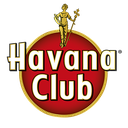
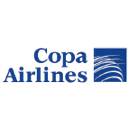
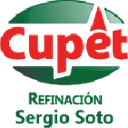 Gold
Gold
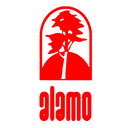 Gold
Gold
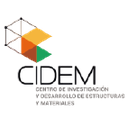 Silver
Silver
 Silver
Silver